Savannah River begins test of saltstone disposal mega unit
The Department of Energy’s Savannah River Site in South Carolina will begin a leak tightness test on what it called “the fourth megavolume saltstone disposal unit (SDU)” at the site.
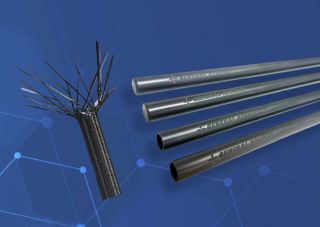
A message from General Atomics
Advanced Nuclear Fuel Cladding: Innovative Materials Enhance Fleet Safety and Performance
The Department of Energy’s Savannah River Site in South Carolina will begin a leak tightness test on what it called “the fourth megavolume saltstone disposal unit (SDU)” at the site.

The International Atomic Energy Agency is launching a new Coordinated Research Project (CRP) to increase international knowledge and drive progress toward testing deep borehole disposal for intermediate- and high-level radioactive waste.
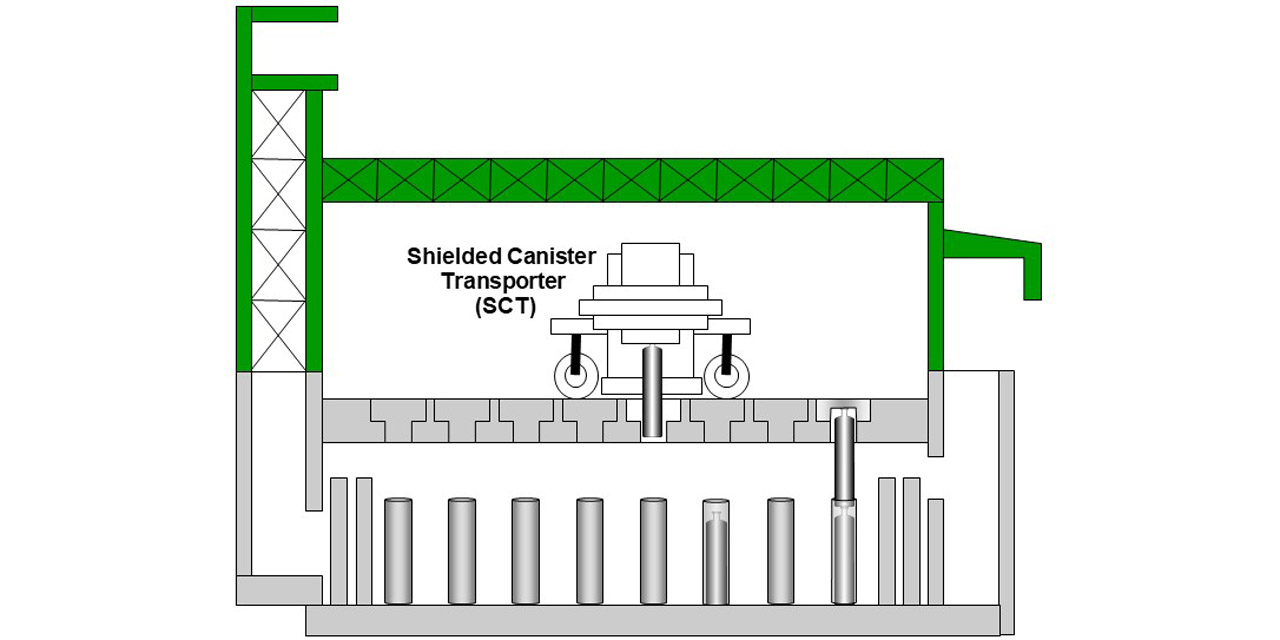 (002) 2x1.jpg)
To expand interim storage of vitrified high-level radioactive waste at the Savannah River Site, the Department of Energy’s Office of Environmental Management and its liquid waste contractor Savannah River Mission Completion (SRMC) have double stacked 2,000 canisters in one of the site's two glass waste storage buildings (GWSB). GWSB 1 consists of a below-grade, seismically qualified concrete storage location containing support frames for the vertical storage of 2,262 10-foot-tall canisters.
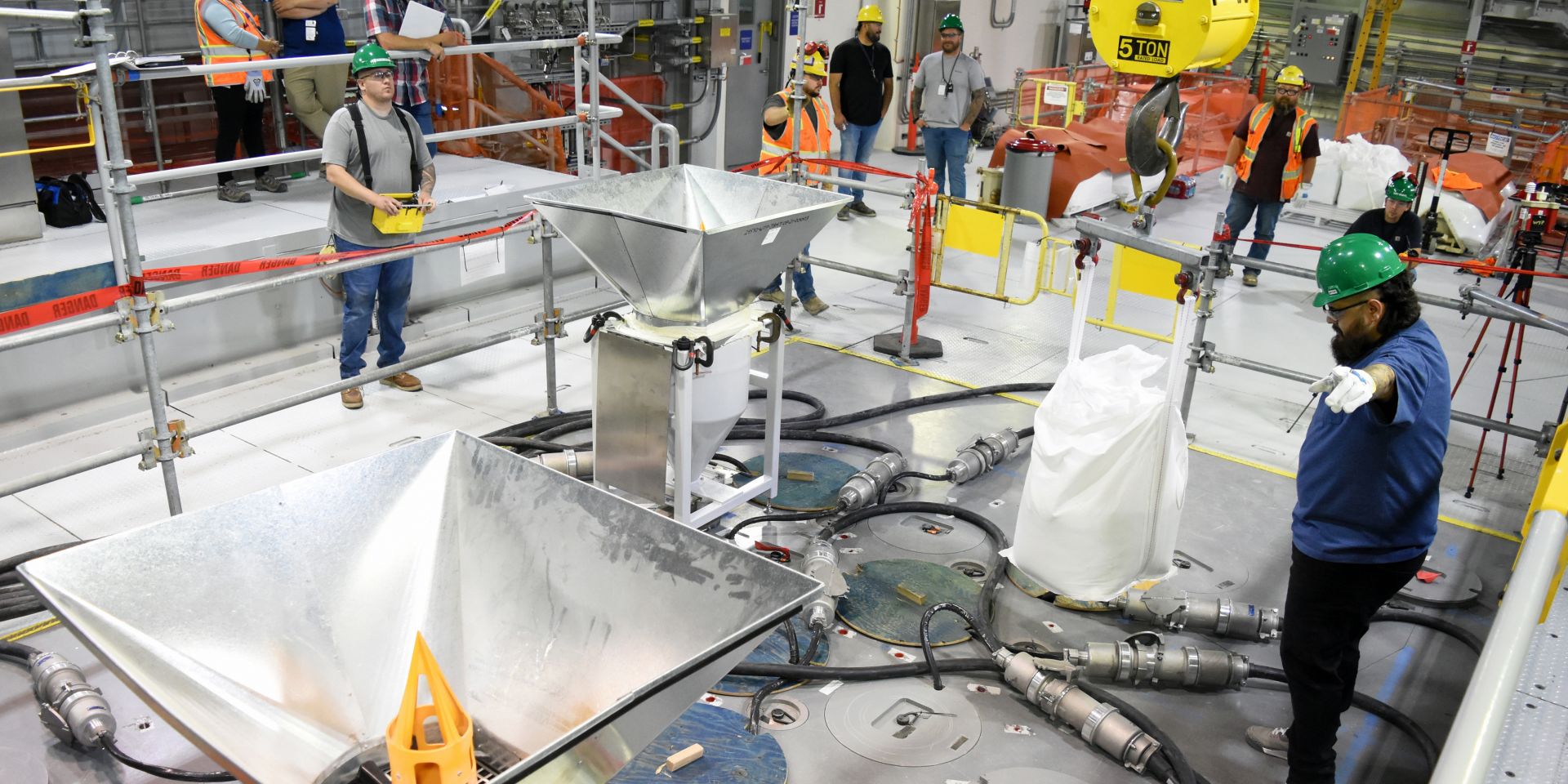
The Department of Energy’s Office of Environmental Management announced that the first batches of glass-forming beads, called frit, were poured last week into a melter at the Hanford Site’s Waste Treatment and Immobilization Plant (WTP), also known as the Vit Plant. The melter, which has been heated to 2,100ºF, will be used to immobilize Hanford’s radioactive and chemical tank waste, turning it into a stable glass form through vitrification.

Technical specialist Peter King (left) and Sam Jay, UAV engineer and chief pilot, at Sellafield’s Engineering Centre of Excellence, with the Flyability Elios 3 drone. (Photo: Sellafield)
Sellafield Ltd., a subsidiary of the U.K. government’s Nuclear Decommissioning Authority, announced that drone pilots have successfully completed two firsts in the use of unmanned aerial vehicles (UAV) at the Sellafield nuclear site in Cumbria, England.
According to the company, the flights, which accessed a Sellafield building with limited space using a light detection and ranging (lidar) sensor and a radiation dosimeter, are helping improve the safety of employees during the decommissioning of the site’s legacy buildings.
Mapping flight: First, an Elios 3 drone equipped with a lidar sensor was able to successfully collect data from a site building. The data will be processed to produce a 3D model of the area, which will help inform engineering decisions. According to Sellafield, the mapping flight marks a major milestone for the site’s UAV team, enabling unparalleled efficiency in mapping and 3D modeling.

More than 100 people from Savannah River National Laboratory and the Hanford Site participated recently in a workshop to share analytical knowledge focused on the cleanup of radioactive tank waste at Department of Energy sites.
The Department of Energy announced last week that Melter 1 at the Hanford Site’s Waste Treatment and Immobilization Plant, also known as the Vit Plant, has hit its operational temperature of 2,100ºF. The DOE began heating Melter 1 in October 2022, but was soon forced to pause when abnormalities in the heaters’ power supply were encountered.
The Nuclear Waste Technical Review Board, which evaluates the Department of Energy’s activities on radioactive waste management, is holding a hybrid (in person and virtual) public meeting on August 30 to discuss the DOE’s consent-based process for siting one or more federal interim storage facilities for commercial spent nuclear fuel. The DOE’s research and development related to high-burnup SNF and advanced reactor waste disposal will also be discussed.
The Nuclear Regulatory Commission reported on July 27 that it has issued a license to Rare Element Resources Inc. for a proposed pilot project in Wyoming to demonstrate a proprietary process to extract rare earth elements from ore.
The Department of Energy is planning to ship contaminated process equipment from its Savannah River Site in South Carolina to Waste Control Specialists’ federal low-level radioactive waste facility in Andrews County, Texas.

The National Academies of Sciences, Engineering and Medicine (NASEM) recently held a public meeting to discuss its third and final report centered on the Department of Energy’s Office of Environmental Management’s tank waste cleanup mission at the Hanford Site in Washington state.
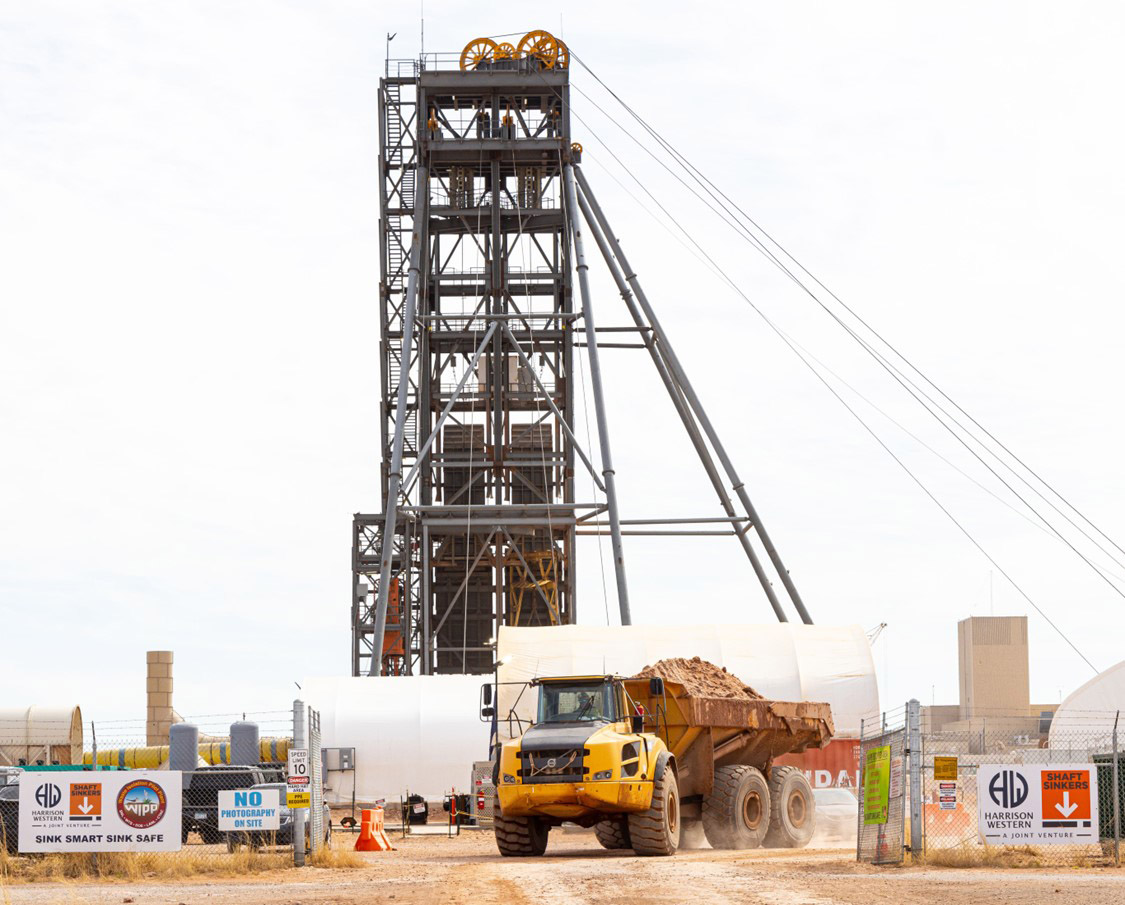
A truck hauls excavated salt away from the WIPP utility shaft project, marked by a large aboveground steel headframe. The shaft has reached the depth necessary to allow horizontal tunneling work to begin, which will connect the shaft to the WIPP underground repository complex. (Photo: DOE)
The Department of Energy’s Carlsbad Field Office announced that it has made a significant step toward increasing airflow to the Waste Isolation Pilot Plant (WIPP) underground with the excavation of a new utility shaft. According to the office, crews working on the shaft recently reached an underground depth, known as station depth, that will allow horizontal tunneling work to begin on connecting the shaft to the WIPP repository complex.
Located in southeastern New Mexico, the repository for defense-related transuranic waste sits 2,150 feet below ground level. Airflow to the underground has been restricted following a radiological release in 2014.
When completed, the 26-foot-diameter utility shaft will provide air to WIPP’s new ventilation system, called the Safety Significant Confinement Ventilation System (SSCVS). The increased airflow provided by the system will allow for simultaneous mining, rock bolting, waste emplacement, and maintenance operations.
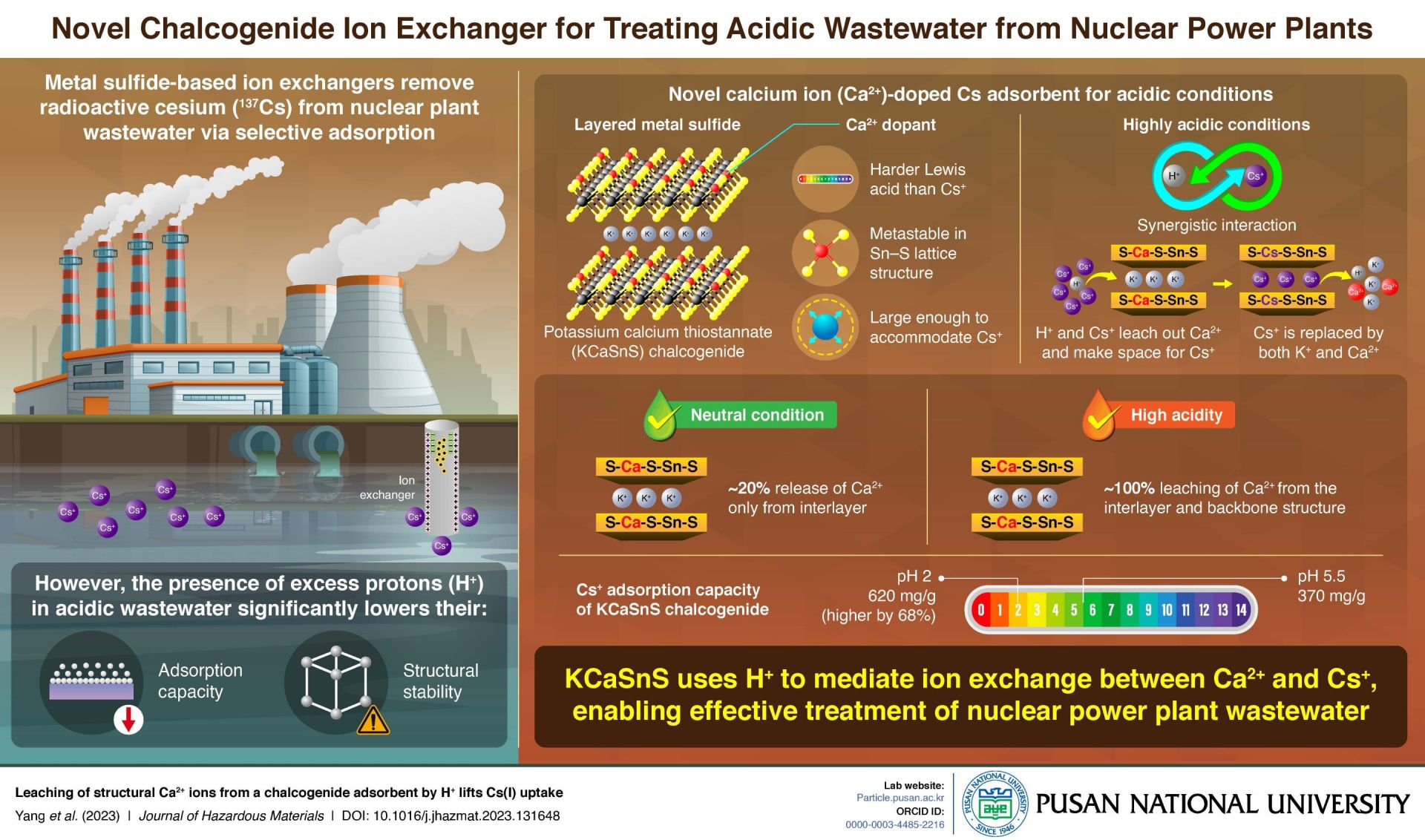
Researchers from the Pusan National University in South Korea have developed a new calcium-doped ion exchanger for the removal of radioactive cesium from acidic nuclear power plant wastewater. The findings have the potential for developing more efficient and effective methods of remediating radioactive contamination.
The Department of Energy has awarded an estimated $2.6 million to the National Governors Association (NGA) Center for Best Practices to work collaboratively with governors to solve the continued challenges posed by waste management and cleanup at DOE sites, the DOE’s Office of Environmental Management announced on July 5.
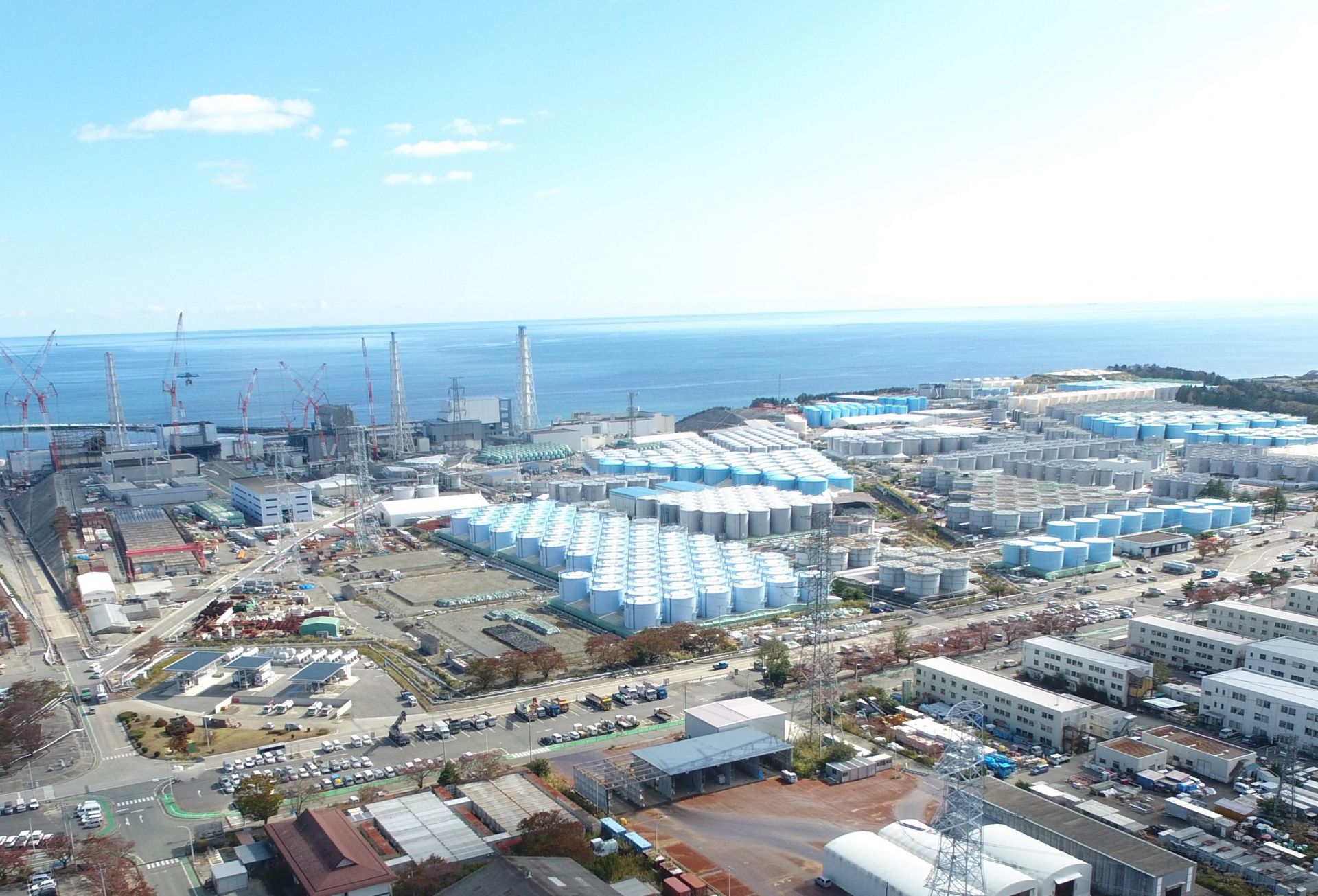.jpg)
We’ve all seen the headlines such as “Should Japan Dump Fukushima's Radioactive Water into the Ocean?” along with “Japan Set to Pour Fukushima Waste into Pacific, Irking China” and “Japan Is Slowly but Surely Releasing Wastewater from the Fukushima Nuclear Plant into the Pacific Ocean.” The most recent spate of fearmongering was triggered by the IAEA’s July 4 announcement that the agency had finished its independent assessment of Japan’s plans to release the treated wastewater stored at the Fukushima Daiichi nuclear power station and found the plan “consistent with IAEA Safety Standards.”
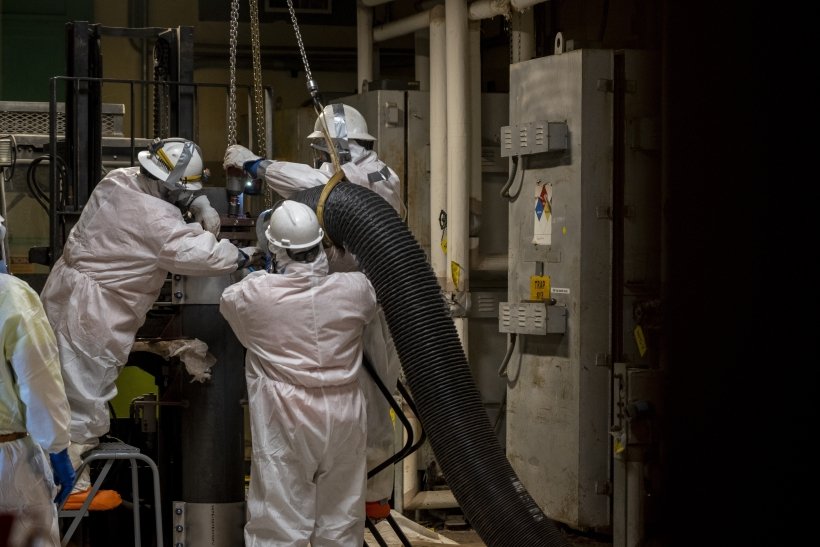
The Department of Energy’s Office of Environmental Management recently shipped for off-site disposal 14 sodium fluoride traps, or exchange vessels, from the C-310 Product Withdrawal facility at the DOE’s Paducah Gaseous Diffusion Plant site in Kentucky. DOE-EM said it has also eliminated the site’s entire inventory of chlorine gas cylinders.

The Department of Energy’s Office of Environmental Management and the New Mexico Environment Department (NMED) have negotiated a settlement on terms to renew the 10-year operating permit for the Waste Isolation Pilot Plant near Carlsbad, N.M. The DOE, along with WIPP’s operating contractor, Salado Isolation Mining Contractors, and the NMED negotiated the settlement with New Mexico stakeholders.

Nuclear Waste Services, the United Kingdom’s radioactive waste management organization, launched in January 2022, has begun a wide range of studies to evaluate sites that could be suitable to host a geological disposal facility (GDF).
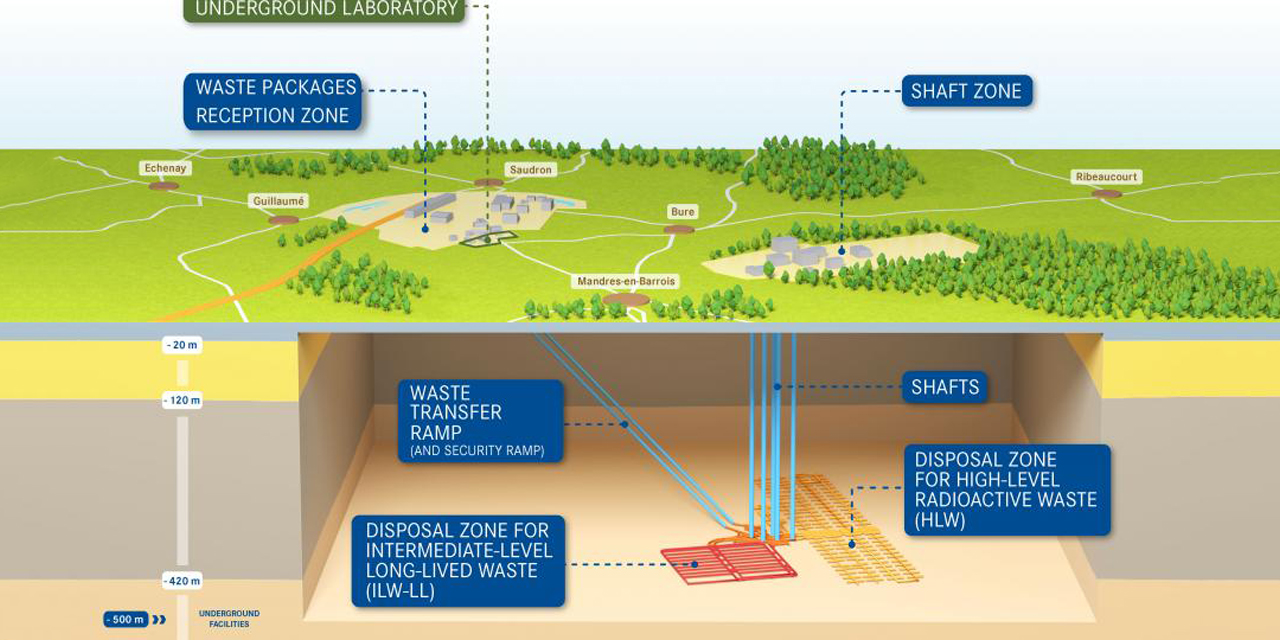
Having deemed the application admissible, France’s nuclear safety authority, Autorité de sûreté nucléaire (ASN), will undertake a technical appraisal of Andra’s application to construct the Cigéo deep geological disposal facility for radioactive waste.
The Nuclear Regulatory Commission is issuing for public comment draft guidance on the use of decommissioning trust funds for the disposal of major radioactive components from nuclear power plants that are still in operation.